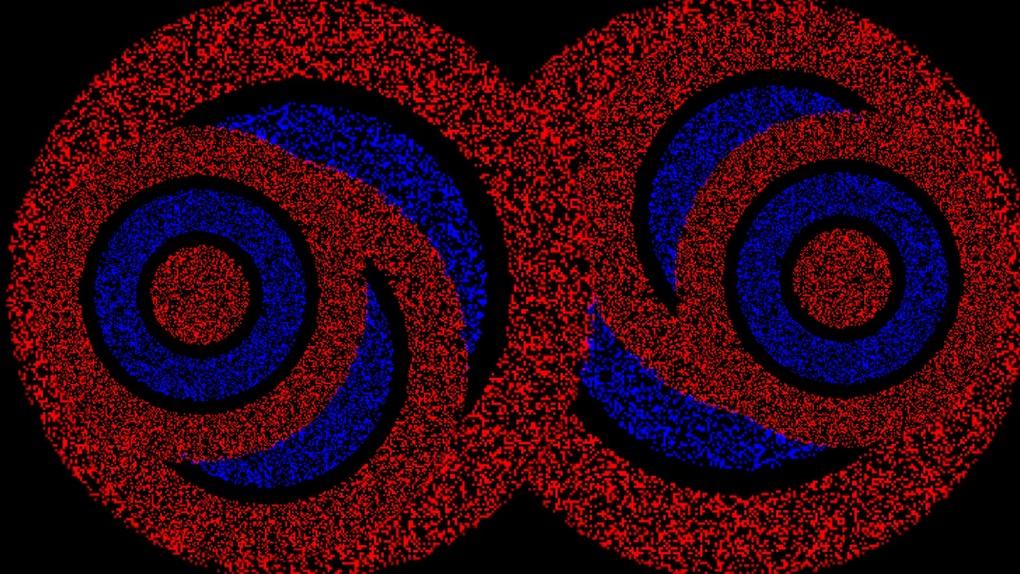
**The Occurrence of Chromostereopsis: Grasping Visual Depth Deceptions**
Chromostereopsis is a fascinating occurrence in which colors, especially red and blue, seem to exist at different depths when observed, producing an illusion of depth in still images. This effect shows considerable variation among different people, with some experiencing a pronounced depth illusion, while others notice no remarkable illusion beyond a colored image.
**Variability in Perception**
The way chromostereopsis is perceived varies from individual to individual. While many view the red hue as being closer and the blue as being farther away, for some, this sequence is inverted. Those who experience strong depth illusions commonly describe the perception as if the colors are positioned at disparate distances. The illusion often intensifies under particular conditions, such as rapid blinking, heightened screen brightness, or observation in a poorly lit environment. Notably, when the head is shifted laterally, the colors appear to move independently, enhancing the illusion.
**Mechanism of Chromostereopsis**
Although chromostereopsis represents a stereo illusion requiring input from both eyes, it is distinct from traditional 3D illusions found in cinemas, which depend on two different images to produce depth. Chromostereopsis arises from the varying focusing of light wavelengths on the retina due to their placement at opposing ends of the light spectrum. This effect can be more pronounced for individuals who wear corrective lenses, potentially amplifying the illusion through lens refraction.
**Artistic and Practical Utilization**
The distinctive depth perception fostered by chromostereopsis has been unintentionally harnessed in various artistic expressions, from stained glass artwork to contemporary video games. Its impact can introduce a layer of intricacy and visual allure to stationary images. A notable application of chromostereopsis is evident in the set design for the television panel program “Have I Got News For You,” which cleverly takes advantage of this visual effect.
**Scientific Inquiry and References**
The investigation of chromostereopsis continues to be a nuanced area of study, with numerous factors affecting its perception. Research into its underlying causes remains active, with emphasis on light wavelengths, luminance, and the focusing characteristics of both the lens and retina. For those looking to delve deeper into visual illusions and chromostereopsis, resources such as the book “Mind Hacks” and scholarly papers like Kitaoka’s contributions in the “Encyclopedia of Color Science and Technology” offer comprehensive insights and analysis.